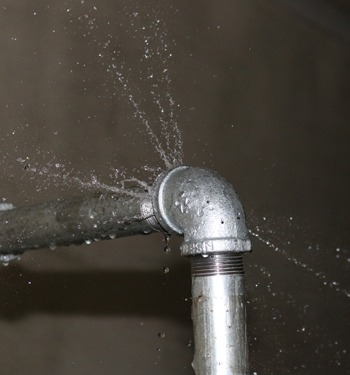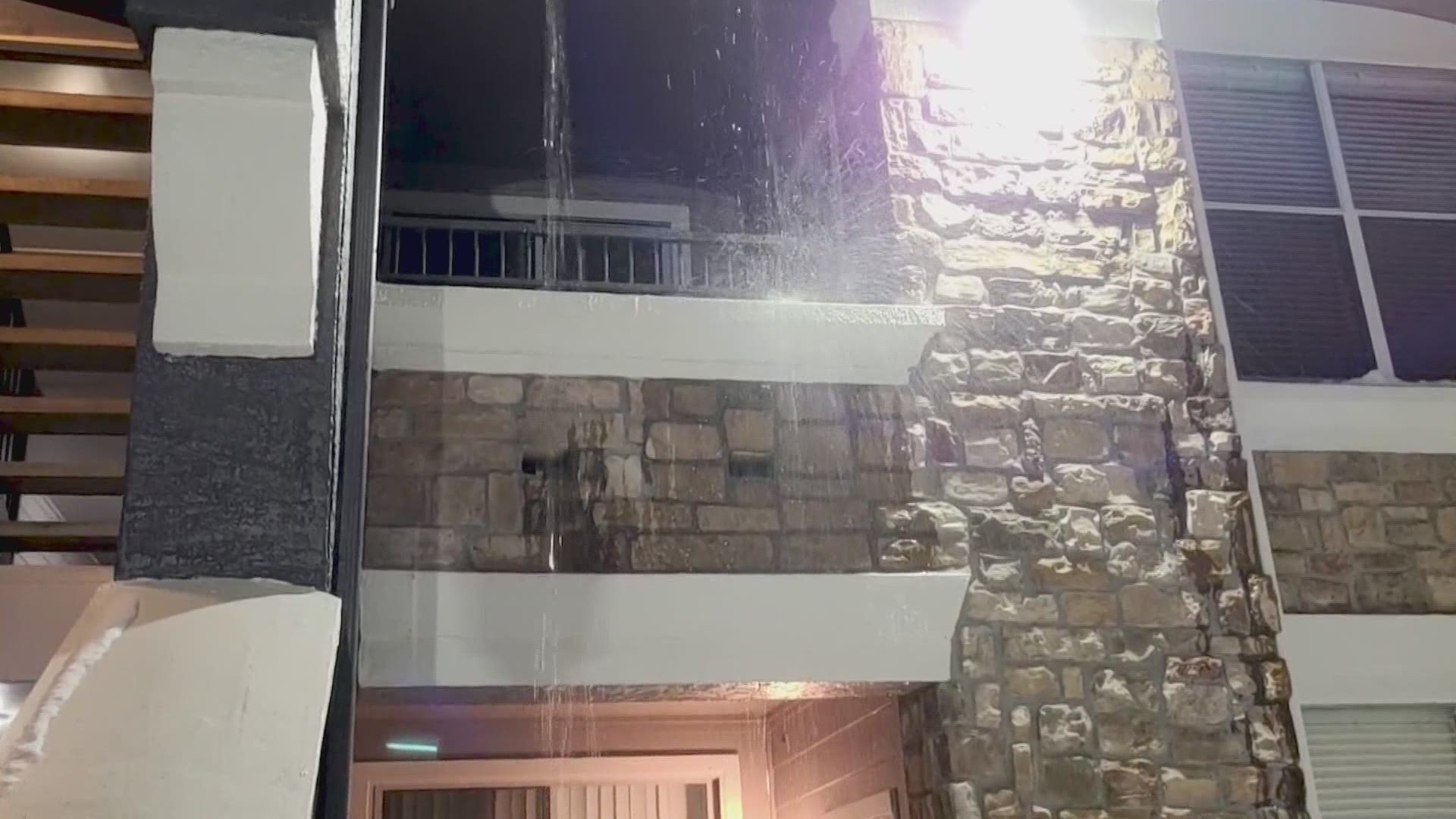Spotting and Speedily Fixing a Busted Pipe: Key Steps
Spotting and Speedily Fixing a Busted Pipe: Key Steps
Blog Article
What're your opinions on How to install a dishwasher safely?

A burst pipeline is a major emergency; you can only stand as you enjoy water you pay dearly to reunite with the earth. In even worse instances, you discover a pool on your cooking area flooring, which is a terrific journey hazard, especially if you have kids around. If the pipe that burst was in your walls, problem: you might need to repaint that entire section.
How can a disaster like a burst pipe be prevented and managed? Well, by paying attention to your specialist emergency plumbers and also adhering to these policies.
Exactly how do I know when my pipelines have burst?
Varying water stress
Pipes do not just burst in a day. You might have observed that your kitchen faucet or shower does not run promptly when you turn the tap. It may stop briefly for a couple of secs and after that blast you with more pressure than normal.
In other circumstances, the water may seem regular initially, after that drop in pressure after a couple of secs.
Polluted water
Many individuals assume a burst pipeline is a one-way electrical outlet. Quite the contrary. As water drains of the hole or wound in your plumbing system, contaminants find their way in.
Your water may be polluted from the resource, so if you can, examine if your water container has any kind of troubles. However, if your alcohol consumption water is provided and also cleansed by the city government, you ought to call your plumber immediately if you see or scent anything funny in your water.
Puddles under pipes and sinks
When a pipeline ruptureds, the discharge forms a puddle. It might appear that the puddle is expanding in size, and no matter the amount of times you mop the pool, in a few mins, there's another one waiting to be cleaned up. Typically, you may not be able to trace the puddle to any kind of visible pipelines. This is an indicator to call a specialist plumber.
Wet walls and water discolorations
Prior to a pipeline ruptureds, it will leakage, a lot of times. If this consistent dripping goes unnoticed, the leakage may graduate right into a broad wound in your pipe. One simple means to avoid this emergency is to watch out for damp wall surfaces ad water stains. These water spots will certainly lead you right to the leakage.
Untraceable trickling sounds
Pipeline bursts can happen in the most undesirable areas, like within concrete, inside wall surfaces, or under sinks. When your home goes quiet, you may be able to hear an aggravatingly relentless dripping noise. Even after you've inspected your shower head and kitchen tap, the dripping might proceed.
Precious reader, the dripping might be originating from a pipeline inside your wall surfaces. There isn't much you can do regarding that, except inform an expert plumber.
Show up the Warm
Establish followers to blow heat right into cold rooms. Maintain the garage door closed. If you have reduced water flow, heat one of the most prone pipes (typically in cellars and crawl spaces or near outside wall surfaces) with a hair dryer. Leave the tap on while you use warm. As you melt ice, the circulation will increase. To avoid pipes from cold, insulate your walls.
Start Removing the Water
Get the mop, containers and a shop vacuum cleaner to begin to remove the water due to the fact that you certainly don't want it soaking into every little thing else in the house. Plus, a quick clean up will decrease the possibilities of something obtaining musty.
What do I do when I identify a ruptured pipeline?
Your water meter will certainly continue to run even while your water wastes. To reduce your losses, discover the main controls and turn the supply off. The water mains are an above-ground structure beside your residential property.
How to Fix & Detect a Leaking Pipe
How Do I Know if a Pipe is Leaking?
Leak detection tests can help you determine if your pipe has a leak. Even if you don’t see an apparent leak, you should still conduct leak detection tests regularly to save water and money—and prevent major damage to your home.
Water meter. It can be helpful to figure out what your usual water meter usage numbers are and then monitor them regularly. To monitor your meter, first, turn off all water faucets in your home. Check the meter and write down the numbers. In a few hours, check the meter again. If the numbers have changed, you have a leak. Water gauge. Use a water gauge to test your water pressure. Your showerhead should produce a certain amount of water pressure based on its model and design. If the pressure is lower than it is supposed to be for that specific showerhead, your home likely has a leak. Puddles. Look inside your bathroom, laundry, and kitchen sink cabinets. Puddles around the cabinets or around toilets, tubs, showers, and washing machines indicate the presence of a leaking pipe. You may also notice loose tiles, peeling or flaking paint, or mold caused by water accumulation. Napkin test. Even if you don’t see any puddles, you may still have a leak. You can test for water leaks in the bathroom, laundry, and kitchen by wiping below-sink connections with a napkin, paper towel, or piece of toilet paper. If it becomes damp, you probably have a leaking pipe under the sink. Discolored walls. Walls that are discolored—usually with brown or yellow stains—or bulging might mean that they have been impacted by water damage caused by a leaking pipe. Smell. A leaky pipe will create sitting water, and over time, that water may develop a musty smell. If your home smells musty, but you can’t locate the source, it may be due to a leak. Steps for Fixing a Leaking Pipe
A leaky drain can be remedied by tightening the pipe base, replacing the drain seal, caulking the rim, and tightening the pipe nut. Similarly, a leaking toilet pipe can be treated by tightening the packing nut. You may also need to replace the valve. A leaky faucet may just need tightening or replacement of the washers. If that doesn’t work, consider replacing your faucet. If your pipe has a hole in it, you may want to use a pipe leak sealer or pipe leak tape. This quick fix for water pipe leaks can also temporarily fix a copper pipe leak. https://www.ahs.com/home-matters/quick-tips/how-to-tell-if-pipes-are-leaking/

As a serious person who reads about How to Prepare for Your Dishwasher Installation, I assumed sharing that information was essential. Those who appreciated our blog entry if you please make sure you remember to share it. I thank you for reading our article about How to Prepare for Your Dishwasher Installation.
Maintain plumbing standards; contact us. Report this page